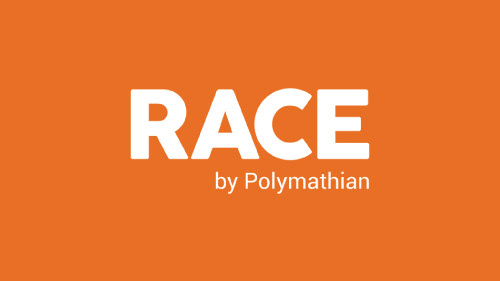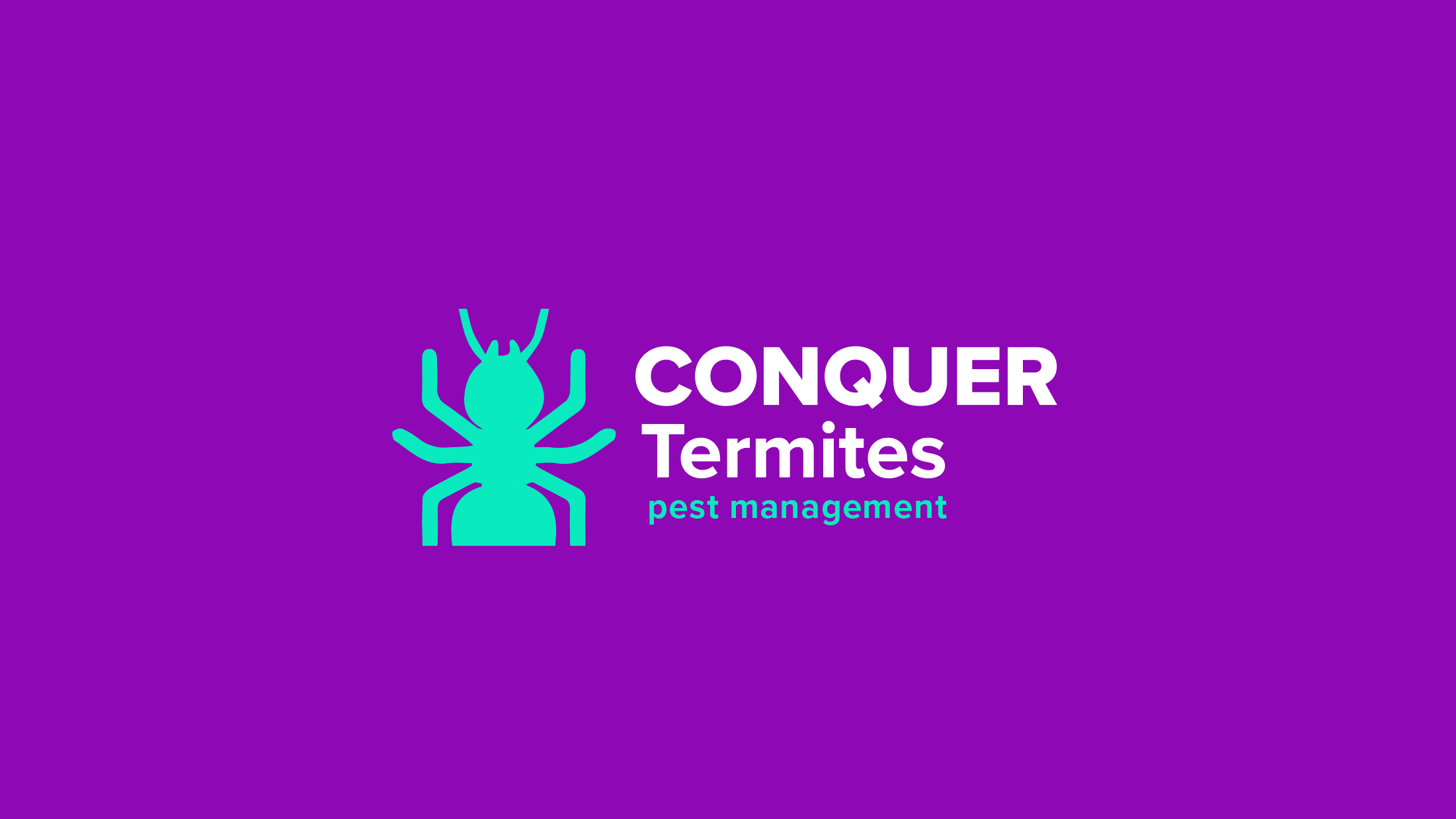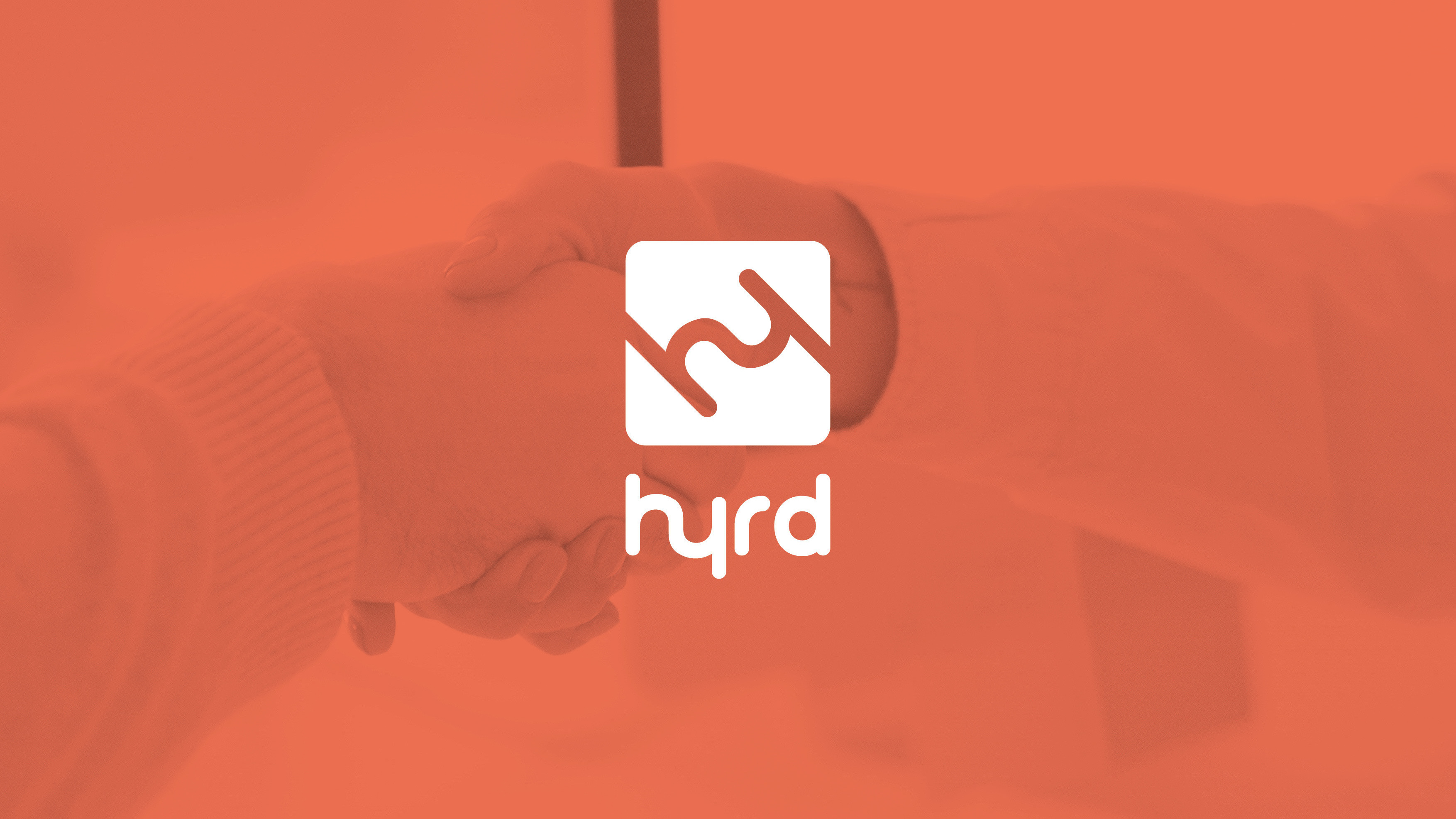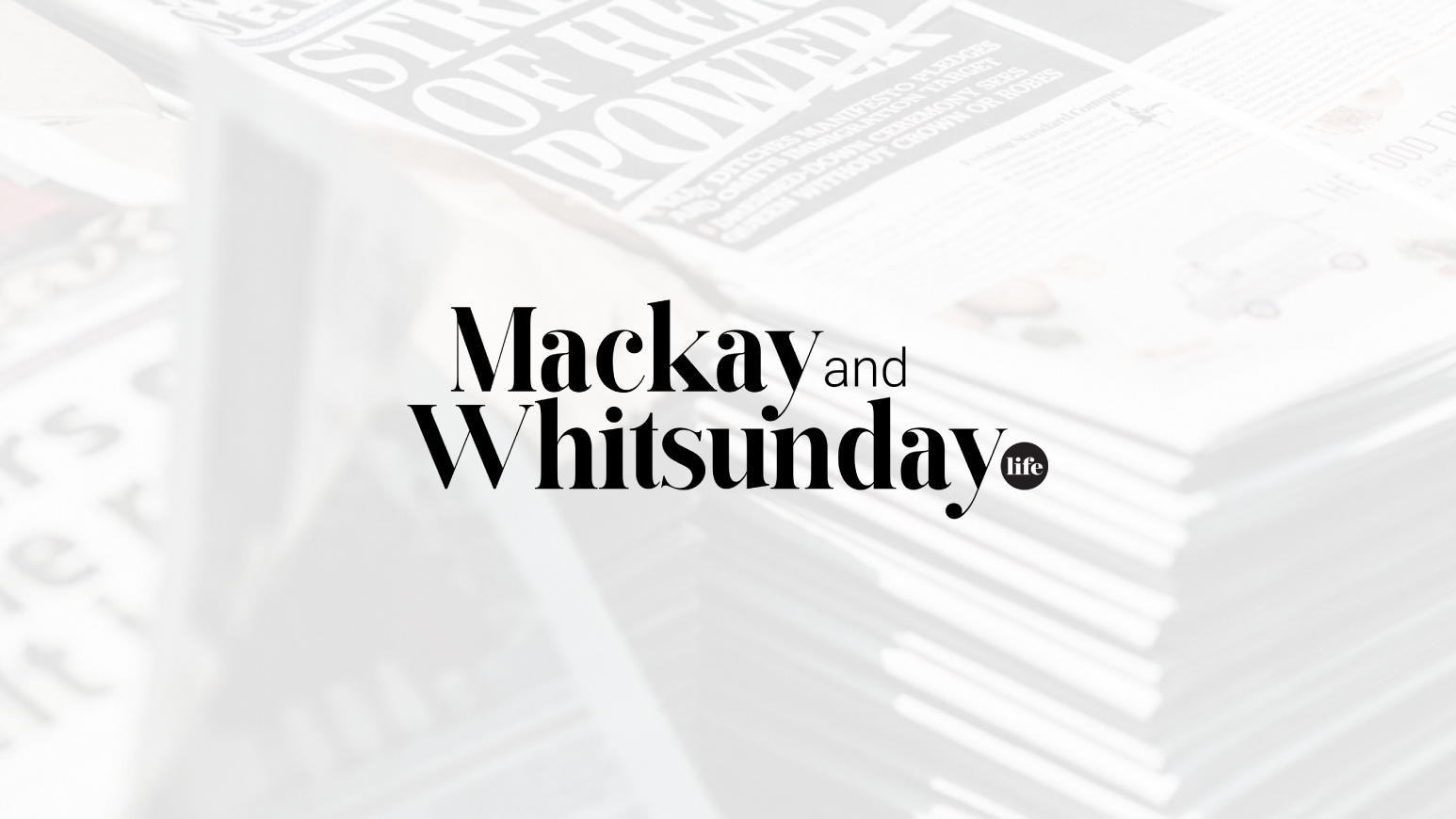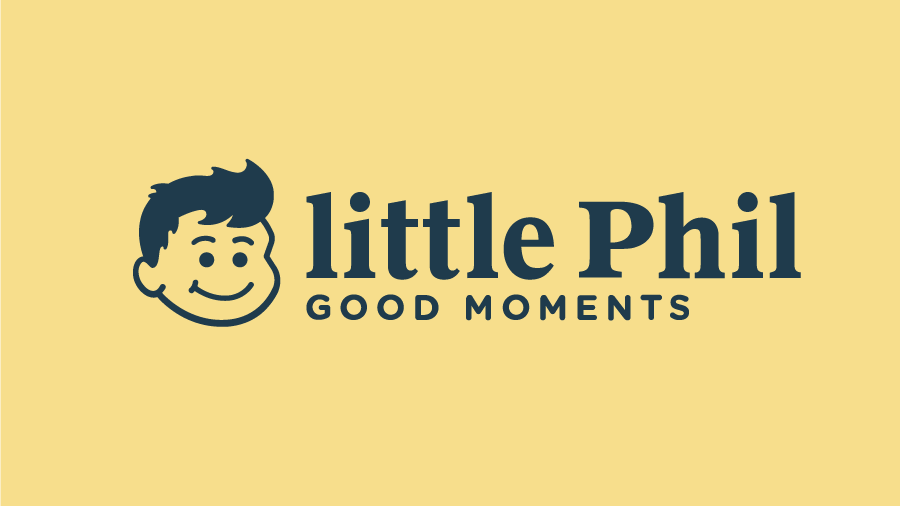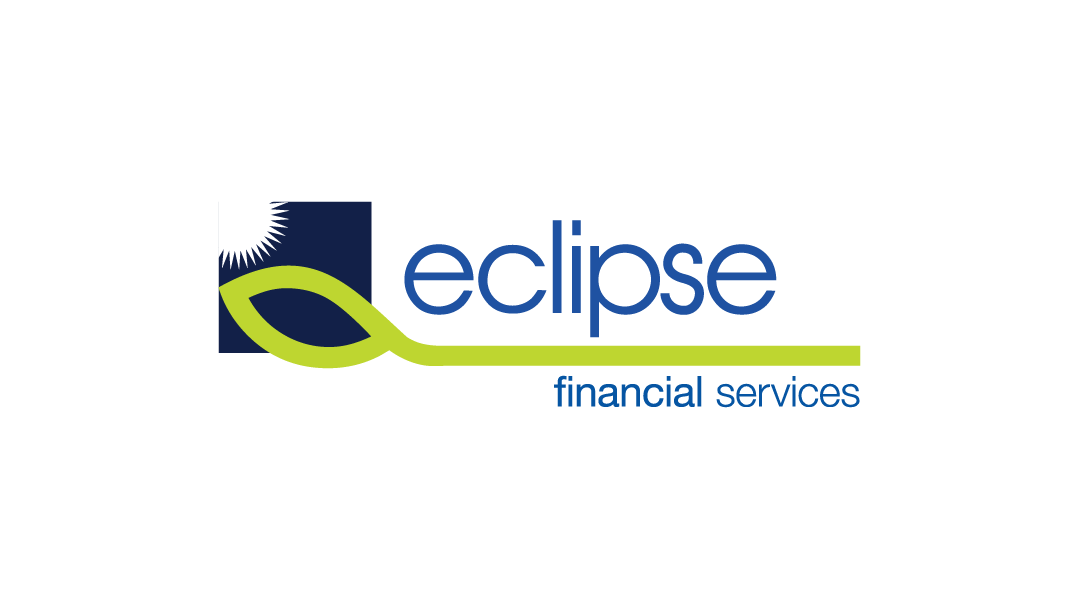
Aged care
Re-imagined
One of North Queensland's aged care provider approached us to renew their digital presence. They are a local community focused, full service and trustworthy aged care provider. Together with the client, we created a new website that was user friendly and all ability accessible.
Deliverable - Website
Role - UX Researcher & UX/UI Designer
More than 1.2 million people received aged care services during 2017–18, with most (77%) receiving support in their home or other community-based settings. Putting this in context, of Australians aged 65 and over in 2017–18
source https://www.aihw.gov.au/reports/australias-welfare/aged-care
The Challenge
Finding an aged-care facility is a stressful, time-consuming and expensive process for both families and caregivers. Yet every time an advance in medicine prolongs our life expectancy, the size and value of the elderly care market increases. Our challenge is to make the task of looking for a caregiver more pleasant and time-saving and for caregivers to be able to find jobs that are fulfilling yet accommodating.
Research Methods
Survey and Interviews
Research participants:
Seniors’ families that are working professionals, individuals considering retirement living options & members of community actively seeing Allied care facilities.
Aged Care workers, caregivers that we found through personal connection.
Research Objectives:
Family: How they find, hire, and interact with caregivers.
Caregivers: How they find, jobs and their current working experiences
Website: What determine whether a website is accessible, credible and trustworthy?
3 family interviews, 4 caregiver interviews,
and 6 survey respondents.
and 6 survey respondents.
Identifying the users
From the research, we summarize all our findings in an affinity diagram to see if there is any common pattern. Then we created four user personas based on the most frequent answers that we got throughout our study.
.
Design Direction
Based on these personas, we found that the main problems and solutions for both sides are are:
e
Problems
•The search is stressful and intensive
•No choice
•Lack of control
Solutions
•Both sides meet in even conditions
•Control over the process
•Caregivers apply according to needs
•Families can choose whether they want to be passive or active
during the search
Sitemap
.
Navigation
.
Wireframes
The website contains 30+ pages plus a mobile version that includes— the family and the caregiver side which contains job posts. We prototyped the wireframes during the mid-fidelity stage and did a usability test before moving to the hi-fidelity.
Usability Test
6 usability tests (average score of 7/10)
The Goal:
To find out if applying for a job, finding a caregiver and a physiotherapist is straightforward and achievable.
The Task:
Apply for a job and find a caregiver for your mom.
Success Criteria: The task is completed, less than 5 error clicks, and the business model is clear.
Key feedback
Avoid Complicated user interface and provide in-depth information and not assume prior knowledge.
Next Steps
We wrapped up our 2 weeks design sprint with a client presentation. At present the website is being developed by a team of developers at my current place of work and will be LIVE soon.
